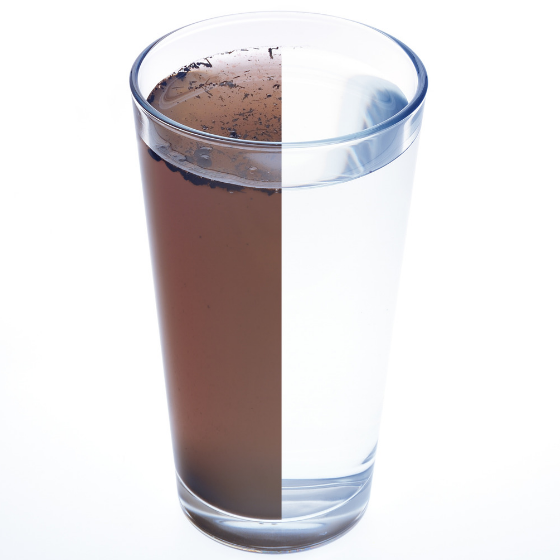Turbidity

Guidelines
Unit of measurement
NTU (Nephelometric Turbidity Unit)
World Health Organisation Standards (1993)
Acceptable to the consumer
Standards for private water supplies in England (2016)
4
Standards for private water supplies in Scotland (2006)
4
Standards for private water supplies in Wales (2017)
4
European Union Drinking Water Directive (1998)
Not mentioned
Turbidity
Turbidity is a measure of the degree to which water loses its transparency as a result of suspended particulates being present. The higher the number of suspended particulates in the water, the murkier the water becomes and thus the turbidity increases. Higher levels of turbidity can be caused by three general types of material:
- Suspended solids which may be present due to disturbances of solid materials in water mains. They will usually settle on standing.
- Colloidial materials which are present as very fine solids and will not settle on standing.
- Microbial activity which can give rise to turbidity but is unusual in freshly chlorinated water.
Examples of substances which can cause turbidity are organic compounds, iron, manganese, aluminium, zinc, bacterial growths and air.
